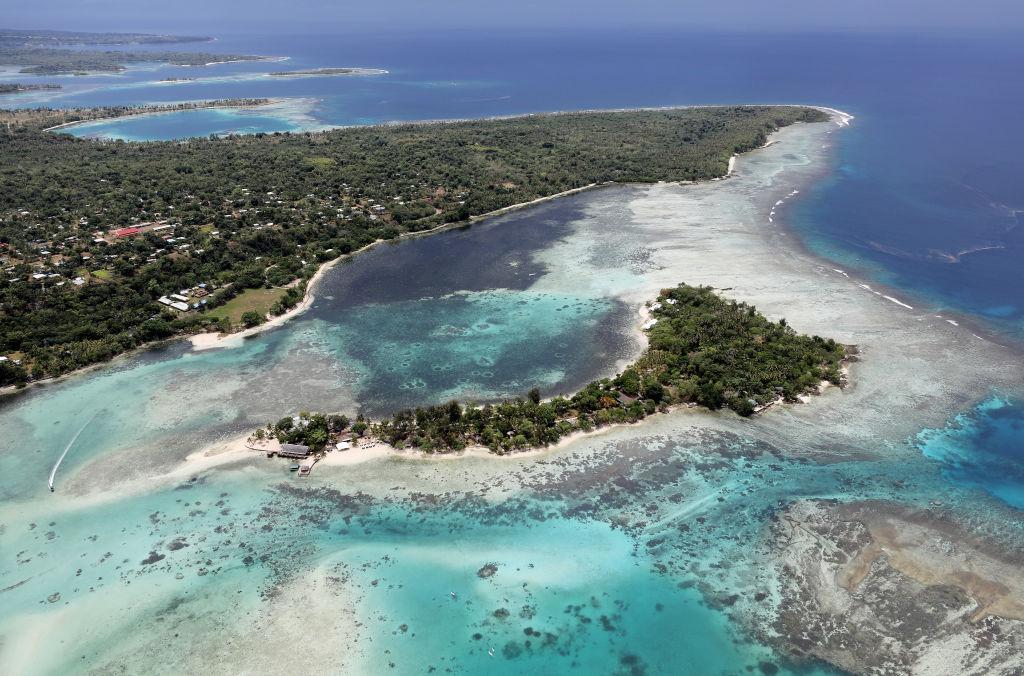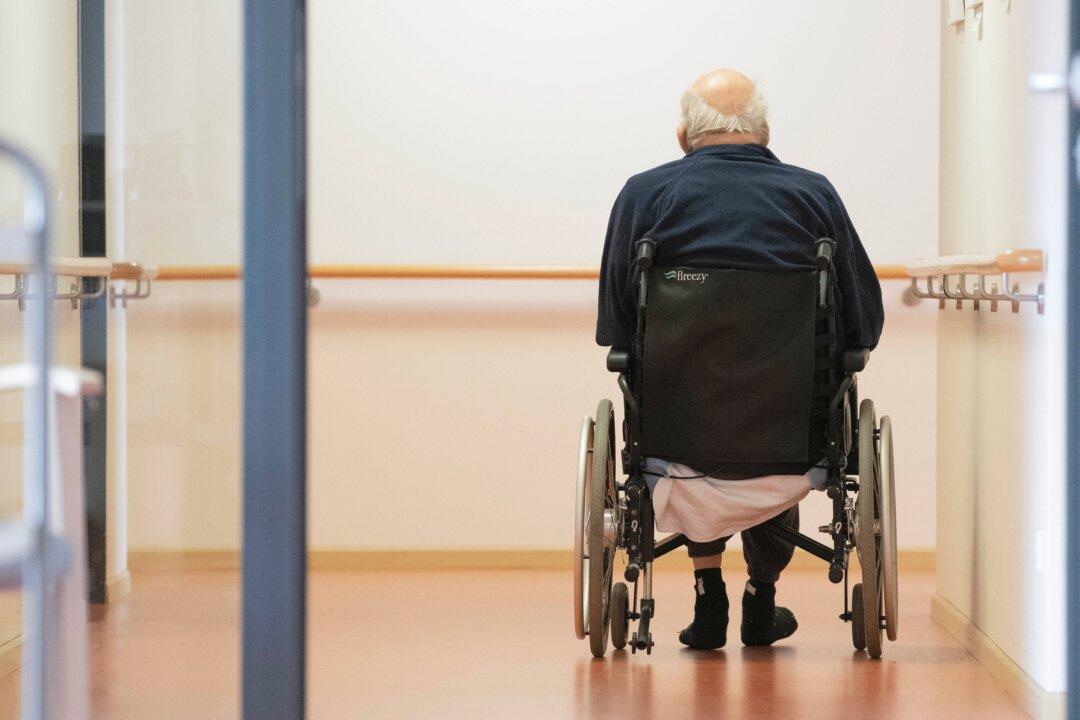A new bill before the Victorian Parliament is looking to overturn restrictions on nuclear power to help decarbonise energy production in the state.
Liberal Democrat MP David Limbrick says the state is at a crossroads and hopes his private member’s bill will repeal what he calls the “antiquated” Nuclear Activities (Prohibitions) Act of 1983, which bans nuclear power.




